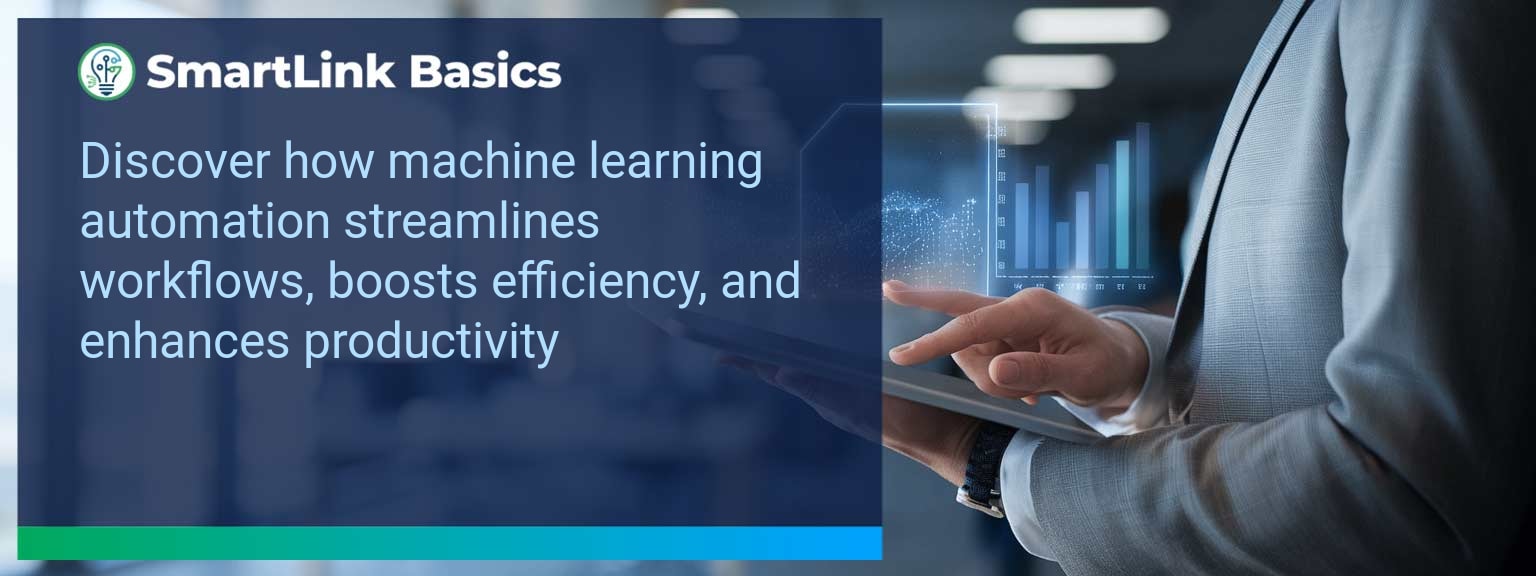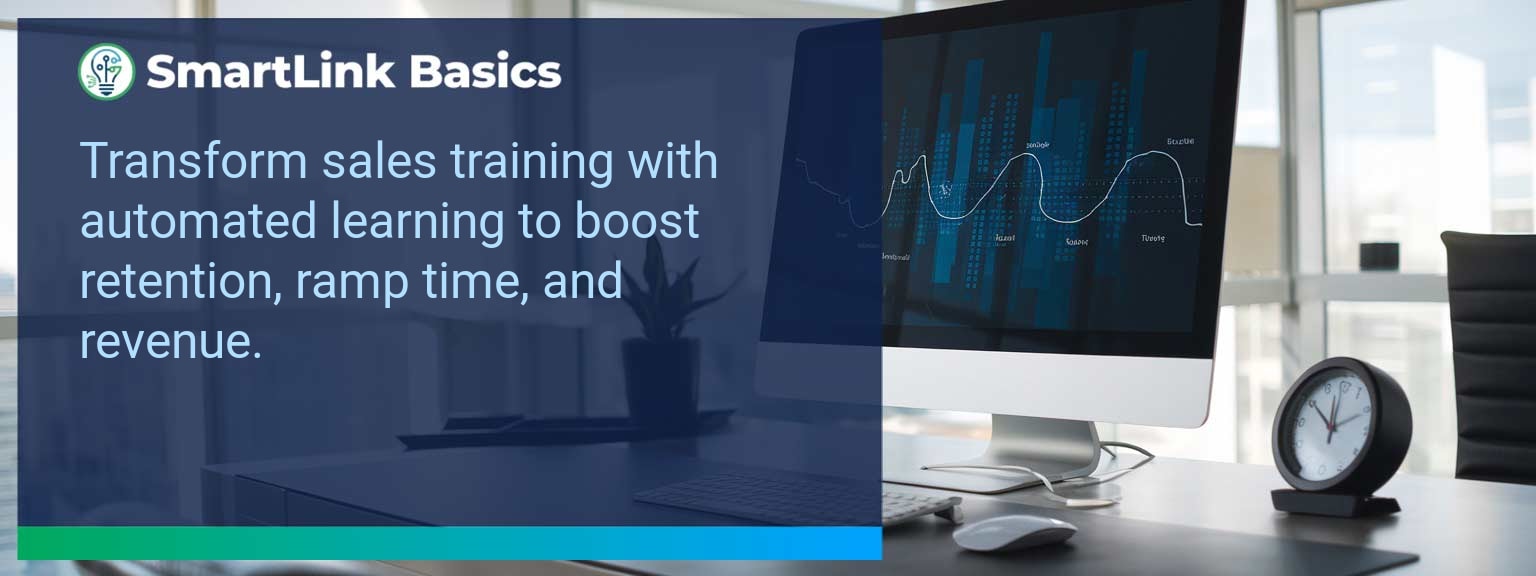Sales organizations equipped with advanced machine learning automation are achieving higher conversion rates and faster cycle times by removing inefficiencies from critical workflows. At SmartLink Basics, we’ve observed that teams using AI-driven automation gain a measurable advantage in competitive markets because their decisions are informed by real-time insights and predictive modeling. For sales leaders, this approach is no longer optional; it is a core driver of revenue resilience.
In this article, you will learn how to identify the most impactful automation opportunities, overcome adoption barriers, and apply intelligent algorithms to streamline tasks. We’ll also cover proven frameworks for workflow optimization, examples of measurable productivity gains, and the emerging technologies expanding automation’s capabilities.
- Identify repetitive, rules-based tasks as prime candidates for automation.
- Leverage AI task automation to improve forecasting accuracy and speed.
- Integrate smart algorithms into core sales processes for real-time insights.
- Redesign workflows to maximize efficiency through intelligent automation.
- Use predictive analytics to prioritize high-value opportunities.
Machine Learning Automation: What Changed and Why It Matters Now
Recent advancements in AI platforms have lowered the technical barrier to implementing machine learning automation across sales and operations. Cloud-based tools now process vast datasets instantaneously, enabling accurate, actionable insights that once required extensive manual analysis. This makes previously complex initiatives—such as dynamic territory management—viable for any growth-focused organization.
For instance, a mid-market SaaS provider implemented AI task automation for lead qualification, cutting manual review time by 67% while boosting MQL-to-SQL conversion rates.
Actionable insight: Begin by mapping your revenue process and identifying high-frequency, rules-driven tasks that directly impact pipeline velocity.
Redesign the Revenue Operating System With Machine Learning Automation
ICP, Segmentation, and Targeting
Train models to detect patterns in your highest-value customers. By refining targeting criteria with predictive analytics, teams engage prospects more likely to convert.
Pipeline Architecture
Machine learning identifies bottlenecks by analyzing stage-by-stage conversion data. Intelligent automation can then re-route leads to optimal representatives based on probability scoring.
Plays and Messaging
AI dynamically recommends messaging sequences tailored to persona behavior, improving engagement and win rates.
Operating Cadence
Automated reminders and next-step recommendations ensure consistent follow-up, lowering drop-off risk.
Actionable insight: Pilot these improvements in a single territory to validate gains before scaling.
Common Barriers To Implementing Smart Automation
Despite clear efficiency gains, adoption can stall due to data silos, lack of integration between systems, and organizational change resistance. Without a unified data infrastructure, automation outputs may be incomplete or inaccurate, leading to poor trust in the system.
For example, a manufacturing sales division delayed automation rollout because fragmented CRM data reduced model accuracy. Once integrated, results improved within two pipeline cycles.
Actionable insight: Invest in system integration and robust data governance before deploying advanced automation layers.
Leveraging Algorithms For Seamless Task Automation
Deploying intelligent automation starts with mapping each task to an algorithm suited for the decision type: classification for lead scoring, regression for forecasting, clustering for account segmentation. AI task automation thrives when trained on clean, relevant historical data.
One B2B services firm integrated deep learning models to recommend pricing adjustments based on market signals, saving hours per proposal.
Actionable insight: Match each automation use case with a clear measurable outcome tied to business efficiency.
Measurable Gains In Efficiency And Productivity
Properly implemented, machine learning automation yields tangible performance improvements. Leading indicators like response time and lagging metrics such as closed revenue both benefit. Workflow optimization reduces human error while increasing throughput across teams.
Example: A financial services company applied smart algorithms to compliance monitoring, improving accuracy by 22% and freeing analysts for complex cases.
Actionable insight: Establish baseline metrics before launch to quantify post-implementation improvements.
Expanding Automation Capabilities With Emerging Technologies
Generative AI, advanced NLP, and multimodal learning are expanding the scope of intelligent automation. These innovations enable more context-aware decision-making, from automated proposal drafting to real-time negotiation support.
Actionable insight: Monitor developments in AI-driven sales enablement to identify competitive applications that can be adopted early.
Metrics That Matter
| Category | Metric | Definition | Target |
|---|---|---|---|
| Leading | Lead Response Time | Average time from lead arrival to first contact | Under 1 hour |
| Lagging | Win Rate | Percentage of opportunities closed-won | +10% vs baseline |
| Quality | Forecast Accuracy | Variance between predicted and actual revenue | ±5% |
Get the 90-day plan, coaching rubric, and dashboard template to operationalize AI in your enablement program.
Position Your Sales Team for AI-Driven Growth
Machine learning automation is transforming how sales leaders allocate resources and prioritize actions. The result is leaner operations, faster decision-making, and consistent revenue performance. Use the frameworks above to begin implementation and track metrics that prove impact. Explore more AI-driven sales enablement resources from SmartLink Basics to accelerate your transformation roadmap.









